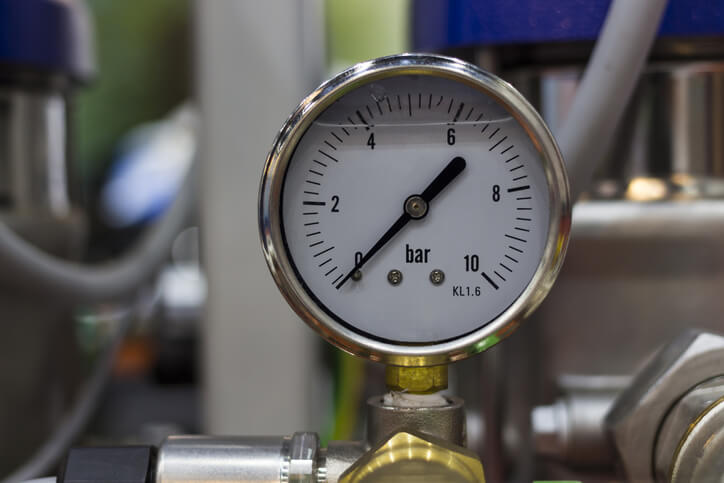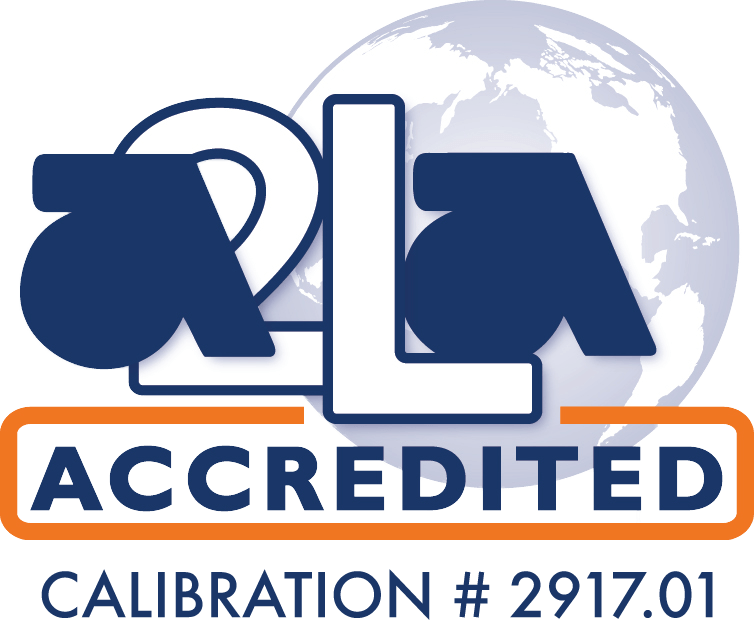
Calibrations are intricate and require work from highly-skilled engineers to produce the best results. However, in all their complexity, it is possible to streamline them for increased efficiency and speed. Time is just as vital as money to many businesses. The fewer resources it takes to generate a product or outcome, the more success you are likely to have overall. Calibration optimization is a useful practice to employ for enhancing your productivity.
It becomes even more effective when you outsource your recalibration work and let experts do the optimizing for you. The two processes are more connected than you may initially think, though it’s easy to learn how and why.
An Overview of Calibration
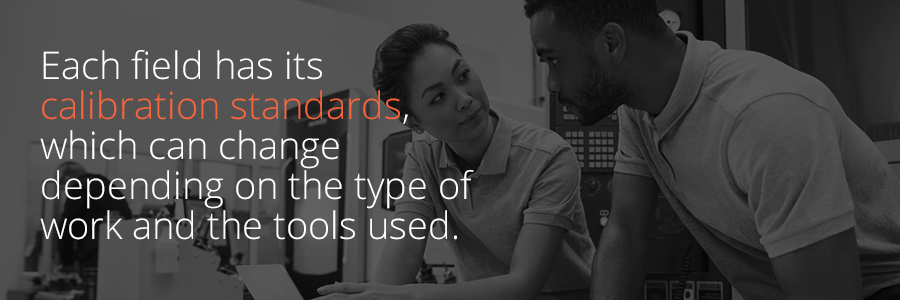
Calibrating a piece of equipment allows you to explore its behavior and subsequently improve it for optimal performance. Precise devices are crucial when performing a range of tasks, from electrical work to defense-related duties. The difference between an accurate reading and inaccurate one could affect the work of medical professionals who are trying to save someone’s life. Alternately, it could mean that an airplane must be grounded because it’s not safe enough for flying.
Tools within numerous fields undergo calibration on a scheduled basis — whether weekly, monthly or yearly — to ensure they work as intended. Changes in your device’s accuracy levels can occur for several reasons, including:
- Natural aging of the equipment
- A change in location, such as transporting equipment
- Frequent use
- Mechanical or electrical shocks
- Temperature fluctuations
Each field has its calibration standards, which can change depending on the type of work and the tools used. Each calibrated device must be adjusted according to those specifications. A certain level of uncertainty is permissible for each particular instrument. Following these regulations keeps work flowing while complying with industry standards for safety and success.
Proper calibration is best done by a professional. Engineers know the national and international standards, and they have the expertise to bring your equipment to razor-sharp precision. Calibrating a device means more than correcting its measuring capabilities — it also means optimizing its performance.
So How Does Optimization Fit In?
When you make optimization a part of the calibration process, you enhance the overall strategy to meet a specific goal or a reliability target. Parts need adjustment to work accurately, but current calibration methods may be costly and time-consuming. Your system of instrument classification may operate on outdated models, which results in spending much more time than needed on categorizing and adjusting tools. You may also calibrate your equipment more often than necessary, which drives up costs.
In comparison, optimizing calibration reduces the time needed to complete the task and boosts the product’s quality. Creating optimal calibration intervals enables you to accurately judge when to send your parts off for adjustment, rather than following a schedule that costs you more than what’s necessary. Several factors may dictate your intervals:
- Manufacturer specifications: Every manufacturer has a particular set of specifications regarding the devices they produce. Sticking to these guidelines will let you know how often you should have an engineer calibrate your equipment, developing intervals that fit your budget and schedule.
- Industry organizations: You can also take tips on which intervals to use from different organizations related to your field. For example, the U.S. Navy has a Metrology Information and Document Automation System (MIDAS) to guide them with calibrations.
- Conditions of use: What kind of environment will you use the equipment in? Does the instrument have a low risk of damage or misalignment? The operational circumstances also determine how often a tool needs calibration. Some environments call for more precise measurements. Other types of surroundings may cause the equipment to go out of alignment if it is not adequately used.
The Optimization and Calibration Process
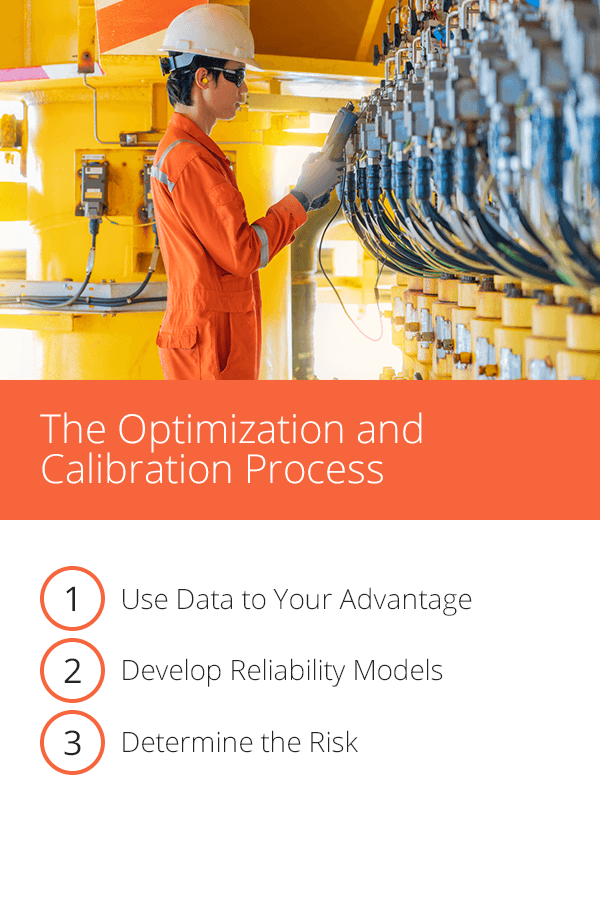
What is optimization in calibration? It depends on the process. The way an engineer calibrates a piece of equipment depends on a range of factors. What kind of tool is it, and what is the acceptable range of uncertainty for that device? What do industry standards call for?
However, there are a few standard measures that help an engineer learn how to optimize calibration for the instruments they work with. Here are a few ways that engineers focus on optimization during calibration:
1. Use Data to Your Advantage
No calibration is complete without looking at collected data and comparing past and present trends. Although pre-scheduled intervals are still important, many engineers judge when to calibrate an instrument by checking historical data. They can quickly determine which tools need more frequent alignment than those that don’t, which saves time and money. A metrology expert could combine these two methods to create a more accurate timeline for future calibrations.
2. Develop Reliability Models
Reliability targets minimize costs by accounting for support expenses and any other charges incurred from the false accept risk. It’s essential to use a model that accurately accounts for uncertainty growth. Uncertainty can change throughout the calibration process, and if the in-tolerance percentage eventually equals the reliability target, you must do a recalibration. There are several reliability models you could use, including:
- Modified gamma
- Random walk
- Mortality drift
- Weibull
- Exponential
3. Determine the Risk
Once you have a more efficient way to classify your instruments, you can judge if their estimated risk is proportional to the effects they have on business operations. For example, would increasing the usage of a machine marked “critical” have a negative or positive impact on your time and resources? If you end up needing to do more calibrations for that device, you might say the outcome was unfavorable.
Luckily, you don’t need to do your calibrations in-house if it will cost you more over time. Hiring a third party is one of the best decisions to make regarding calibration optimization — for your wallet and your productivity.
Why Instrument Calibration Is Important
Calibration is vital for optimal equipment performance, but it is also beneficial for many other reasons. When your business relies on accurate measurements, optimizing calibration is one of the best things you can do. Here’s why:
1. It Increases Your Efficiency
Anyone who has postponed a small issue knows how it can snowball if it remains ignored. In the end, your company may suffer from major delays in processing if a piece of equipment breaks down or gives an inaccurate reading. End-users’ tools experience a drift in accuracy over time, but that doesn’t mean these incremental shifts should go unnoticed. Rather, they should be amended as soon as possible.
Efficiency keeps your company afloat by encouraging tighter productivity. When your instruments are aligned, you can complete jobs faster, reach customers sooner and reap the benefits of satisfied clients. Additionally, outsourcing your calibration frees up employees for other essential duties.
2. You Receive Detailed Documentation on Your Equipment
Calibrating an instrument usually requires the engineer to sign off on a long-form certification. This form gives proof of what the instrument’s measurements were before and after alignment, and it verifies that someone worked on the part. It also supplies specific dates of maintenance and provides a recommended time for when you should complete your next round of calibrations.
This kind of extensive documentation fosters accountability. In the pharmaceutical industry, detailed documentation is necessary when conducting audits or supplying information for liability investigations. It can save you from potential legal trouble by confirming that you perform regular calibration checks. It also helps you decide when to set intervals, giving you recommended dates so you don’t have to spend resources on unnecessary adjustments.
3. Accredited Labs Promise High Accuracy
By having your instruments calibrated by an accredited lab, you guarantee that you’ll get results that are in-line with national and international standards. Laboratories receive thorough testing to receive their accreditations. An unaccredited lab may offer to do your calibration for a lower price, but you can be sure that the quality level will not be the same. As a result, you may end up with more issues than you started with due to unsuitable calibrations.
Working with an ISO 17025 company like MicronPA gives you peace of mind that your instruments are in skilled hands. Accuracy saves millions of lives in the defense industry — military organizations must work with accredited labs. We have experience with radiofrequency (RF) calibrations, dimensional inspections and much more.
4. Calibration Serves as a Backup Measure During Modifications
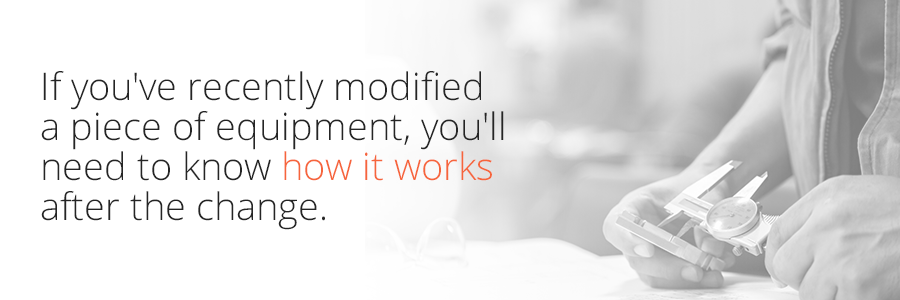
If you’ve recently modified a piece of equipment, you’ll need to know how it works after the change. We can assume that most modifications are done to optimize a device, but you won’t know how successful the improvements have been until you test the instrument. The tool will also need recalibrating to ensure its accuracy after alterations are complete. However, this can be hard if you don’t know the ins and outs of your machine.
A metrology expert can test your equipment and confirm everything is in working order, modifications included. The knowledge these engineers hold can’t be understated — it’s a major boon when you don’t have in-house capabilities for calibration.
5. You Can Lower Operational Costs
Calibration lowers costs because it streamlines operations, but it also reduces your need for paper documentation. Long-form certification can come in paper form or be created electronically, which allows you to store your records in a secure database. You may also share those documents with approved employees or business partners, which makes it easier to transmit information.
Industrial businesses spend a lot of money on manufacturing parts. Any area where they can cut costs and allocate more funds for production — or other departments — is much appreciated. Calibration can also reduce warranty costs — yet another advantage of having your tools checked by a professional.
Types of Calibration
Various types of calibration exist for any part you need to work on. The benefits of each category are plentiful and can bring your company more revenue, higher efficiency and more free time to spend on other tasks. Here are a few types of instrument calibration you can receive from MicronPA, including what each of these can do for you:
- Electronic calibration: MicronPA offers a range of electronic calibration services, including amp/voltmeter, transformer, ammeter and RF. We calibrate electrical gages such as FLUKE multimeters, data loggers, thermometers and more. Electronic devices can be incredibly sensitive to external conditions, and if they fall out of alignment, your company may feel the effects. With tools such as a Fluke 5520A/SC600 calibrator and a Wavetek 1281, 8½ digit Selfcal multimeter, we bring your instruments back to precise measurements.
- Temperature calibration: Thermodynamic equipment is essential to many industries. This extensive list includes the automotive sector, which relies on thermocouples and other types of humidity and temperature equipment to keep vehicles running at optimal conditions. We offer services such as chart recorder and liquid-in-glass thermometer calibration for businesses needing accurate measurements. By leaving the calibration to the experts at MicronPA, you can be sure you’ll get an accurate reading every time.
- Mechanical calibration: At MiconPA, we perform all mechanical calibrations according to ANSI/NCSL Z540-1:1994, ISO/IEC 1025:2005(E) and NIST Traceability Standards. Whether you need work done on an air gage, torque wrench or hygrometer, we can have your parts in working order with quick turnaround times. Correcting instances of drifting in your mechanical equipment will save you from costly errors and miscalculations, ensuring you and your end-users receive the best results.
- On-site calibration: Sometimes, it’s better to have your tools calibrated on-site rather than shipping them off to a distant lab. On-site procedures reduce the time spent packing and transporting your tools. There’s also much less danger of your equipment becoming damaged or lost in-transit, which could put a dent in your productivity. MicronPA offers on-site calibration services for an affordable pricing model, as we know how important it is that you get your machines up and running as soon as possible.
- Hand tool calibration: Your hand tools are just as valuable as the machines you use to complete tasks. If your ring gage or caliper is off by a few units, it could mean the difference between a defective part or a successful one. MicronPA works on these devices in-house and through our mobile calibration program. You can request a free quote to see if the tools you need help with are within our capabilities.
Contact MicronPA for Optimized Instrument Calibration
As you may realize, optimizing instrument calibration involves data. Having more information on hand gives you greater control, which subsequently lets you tweak the process to fit your productivity standards. Use this historical data to set reliability goals and determine the risks and benefits of changing your calibration intervals.
When you connect with the right business, you no longer have to wonder how to optimize calibration for your company’s needs. MicronPA can help you calibrate your instruments for efficiency and accuracy. Our services are based on standards from ANSI, ASME, ASTM and NAVAIR procedures, which ensures you receive industry-approved, high-quality devices every time. Fast turnaround times, on-site services and free quotes help us serve our customers with efficiency and dependability.
If you have any questions about our calibration services, contact us today for more information on what we can do for you.


